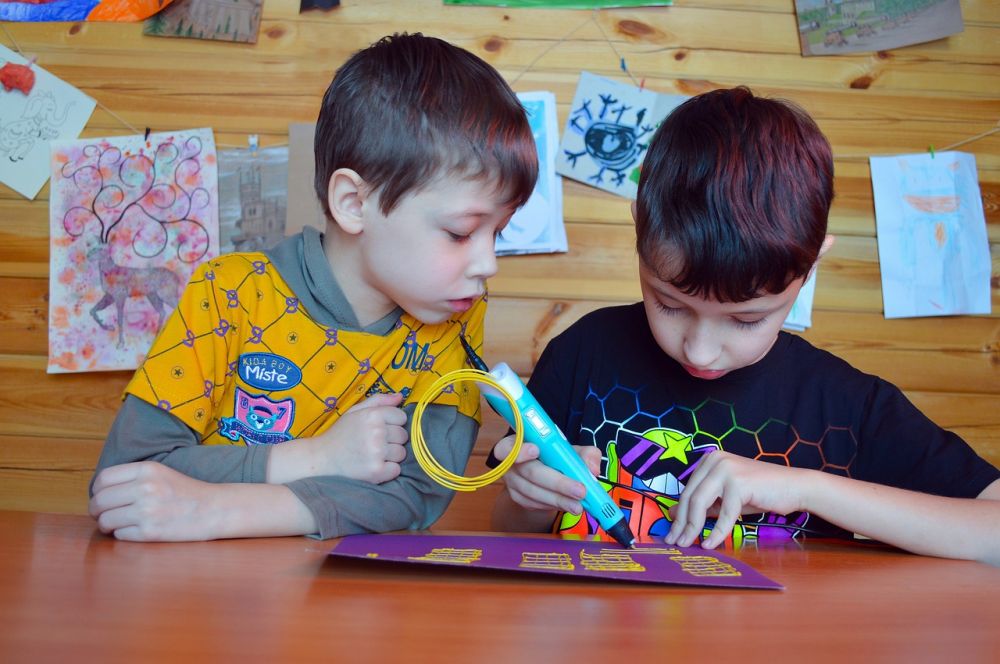Corona Babies: Understanding the Impact of the Pandemic on Child Development

Introduction: A Comprehensive Overview of ”Corona Babies”
The ongoing COVID-19 pandemic has left a profound imprint on various aspects of society, including the lives and development of children. Referred to as ”Corona Babies,” these children are experiencing a unique and challenging environment as a result of the pandemic. This article aims to provide an in-depth understanding of the concept, types, popularity, quantitative measurements, and differences between different ”Corona Babies.” Additionally, it will explore the historical context, advantages, and disadvantages associated with each type.
1. Understanding ”Corona Babies”

”Corona Babies” encompass a generation of children born during or in the midst of the COVID-19 pandemic. These children, from newborns to toddlers, have been exposed to a world marked by lockdowns, social distancing measures, and remote learning. The impact of these circumstances on their physical, cognitive, and emotional development cannot be overlooked.
2. Types and Popularity of ”Corona Babies”
a) Quarantine Babies: These infants were conceived during the lockdown period, a result of increased proximity and limited access to other forms of entertainment.
b) Virtual Babies: Born during the pandemic, these children experienced major milestones, such as baby showers and family gatherings, virtually. The reliance on technology for social interactions is a defining characteristic of their early lives.
c) Nursery Toddlers: These toddlers spent a significant part of their formative years in lockdown, resulting in limited exposure to social activities, playgrounds, and structured daycare.
3. Quantitative Measurements of ”Corona Babies”
Quantitative data related to ”Corona Babies” provides crucial insights into their specific challenges and opportunities. Studies have tracked developmental milestones, mental health concerns, neurocognitive development, and the overall well-being of these children.
4. Differences Between ”Corona Babies”
Each group of ”Corona Babies” faces distinct challenges:
a) Quarantine Babies may experience increased attachment to their parents, potentially leading to separation anxiety as restrictions ease.
b) Virtual Babies may have limited opportunities for social interactions and hands-on experiences, potentially impacting their social and emotional development.
c) Nursery Toddlers may face difficulties in adapting to structured daycare environments or transitioning to preschool due to their limited exposure to social settings.
5. Historical Overview of Advantages and Disadvantages
Looking back at past generations, we can identify some advantages and disadvantages associated with various types of ”Corona Babies”:
a) Quarantine Babies might have uniquely strong bonds with their parents, potentially fostering secure attachments.
b) Virtual Babies may exhibit advanced technological skills and adaptability, but may lack in-person social skills.
c) Nursery Toddlers might have developed independent play skills but may face challenges in their early transition to formal education.
Conclusion: Understanding the Impact and Ensuring Well-being
As ”Corona Babies” navigate their unique circumstances, it is essential for parents, caregivers, and society to address their specific developmental needs. By recognizing their challenges, building supportive environments, and providing targeted interventions, we can mitigate any potential setbacks and promote their overall well-being.
In this video, experts discuss the impact of the pandemic on child development and offer guidance for parents to support their ”Corona Babies.”
By shedding light on the complexities and nuances surrounding ”Corona Babies,” this article aims to contribute to the collective understanding and support for this extraordinary generation.





















